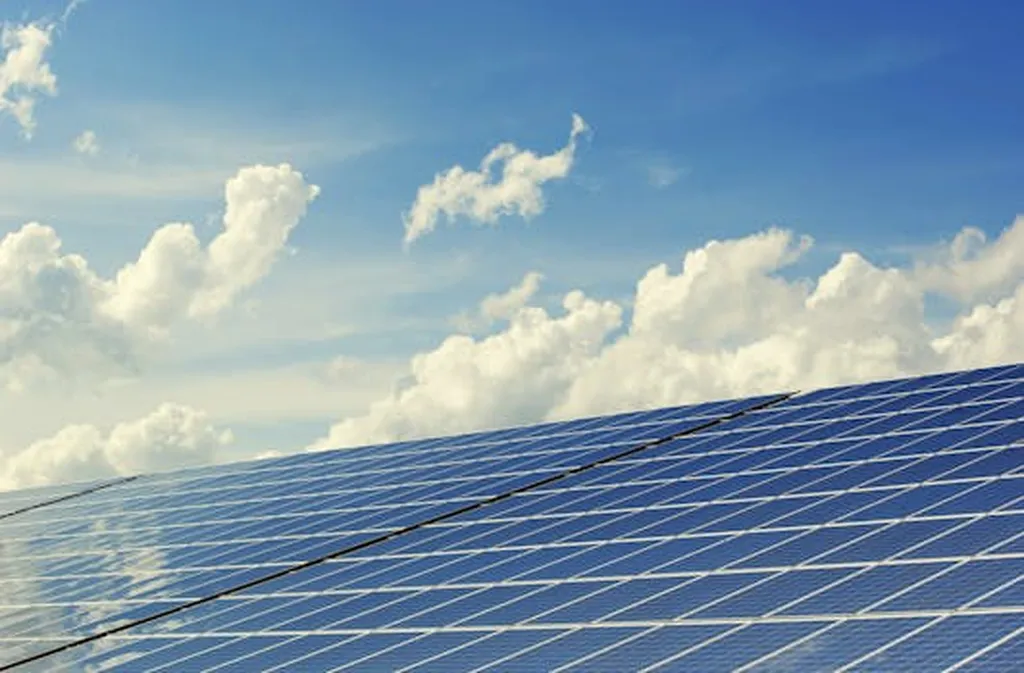In the quest for more efficient solar energy solutions, researchers have turned their attention to bifacial photovoltaic (PV) panels, which can generate electricity from both their front and rear surfaces. A recent study published in the journal *Energies* has shed new light on how to optimize the rear-side energy contribution of these panels, offering valuable insights for the solar industry.
Led by Furkan Dincer from the Department of Electrical and Electronics Engineering at Kahramanmaras Sutcu Imam University in Türkiye, the research systematically examined four key parameters: albedo (surface reflectivity), tilt angle, panel height, and mounting configuration. The findings could significantly impact the design and installation of future solar power plants.
The study began by evaluating the impact of surface reflectivity, or albedo, on rear-side energy generation. Dincer and his team found that high-reflectivity materials, such as aluminum and fresh snow, substantially increased the energy yield from the back of the panels. “We observed that the energy gain from the rear side was notably higher when the panels were installed over surfaces with high reflectivity,” Dincer explained. This insight could lead to more strategic placement of solar panels in real-world settings, such as on reflective rooftops or in snowy regions.
Next, the researchers explored the effect of tilt angle on rear-side energy generation. They discovered that increasing the tilt angle up to 50 degrees enhanced the back-side generation, with a gain of up to 5.5%. This finding suggests that adjusting the tilt angle could be a simple yet effective way to boost the overall efficiency of bifacial PV panels.
The study also investigated the relationship between panel height and energy generation. The results revealed a linear correlation, with taller installations yielding more energy from the rear side. This could influence the design of future solar farms, with taller mounting systems potentially offering greater energy outputs.
Lastly, the team compared horizontal and vertical mounting configurations. They found that horizontal mounting provided a higher rear-side energy yield, with a gain of 4.5%, due to increased exposure to ground-reflected radiation. This could guide the orientation of panels in new solar installations, maximizing their energy production.
The findings of this study offer a roadmap for optimizing bifacial PV panels, with practical implications for the energy sector. As the demand for renewable energy continues to grow, these insights could help drive more efficient and cost-effective solar power solutions.
“Our research provides a comprehensive understanding of the factors that influence rear-side energy generation in bifacial PV panels,” Dincer said. “By optimizing these parameters, we can enhance the overall efficiency of solar power plants and contribute to a more sustainable energy future.”
As the solar industry continues to evolve, this research could shape the development of new technologies and installation practices, ultimately accelerating the transition to clean, renewable energy sources.

